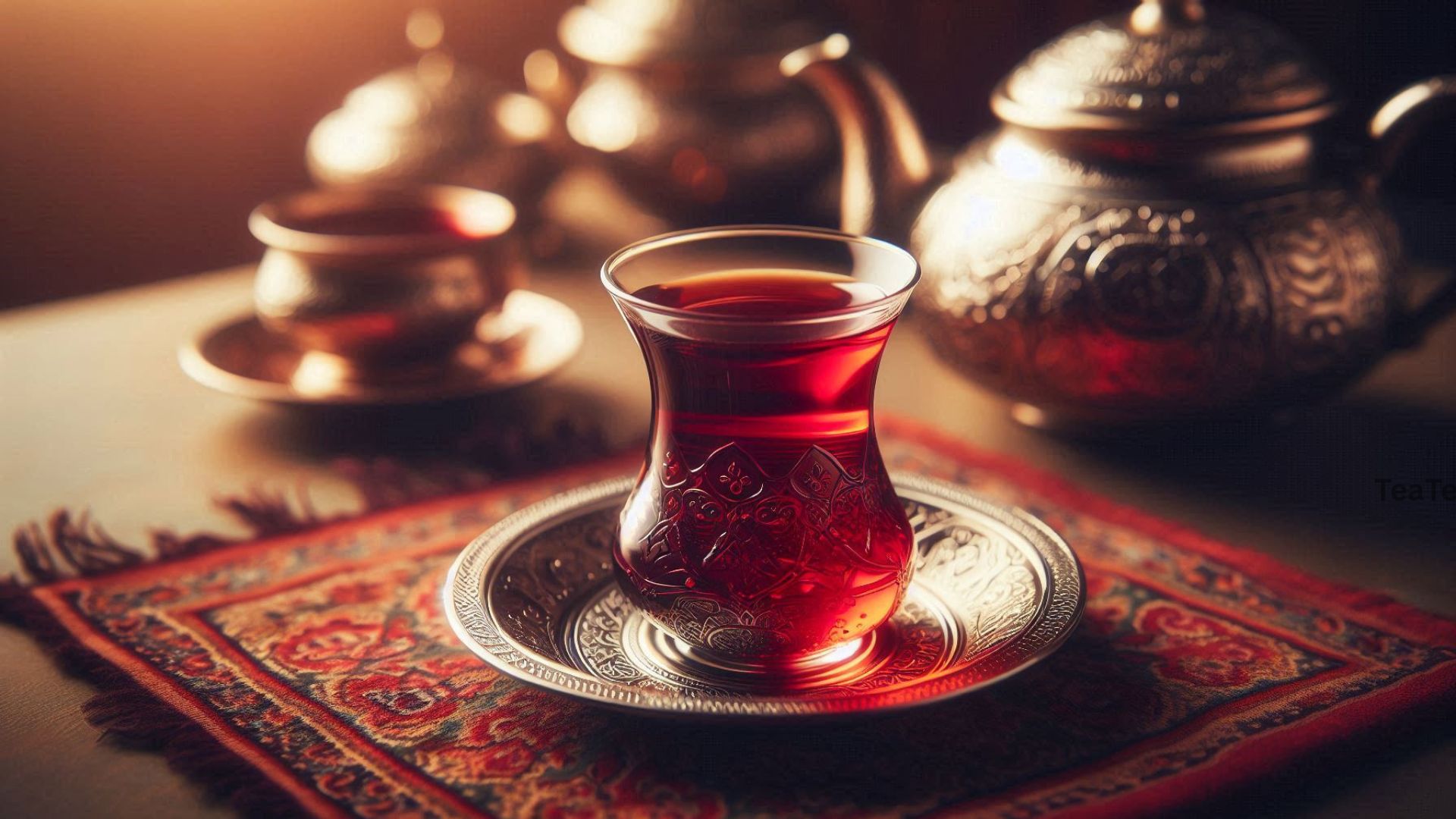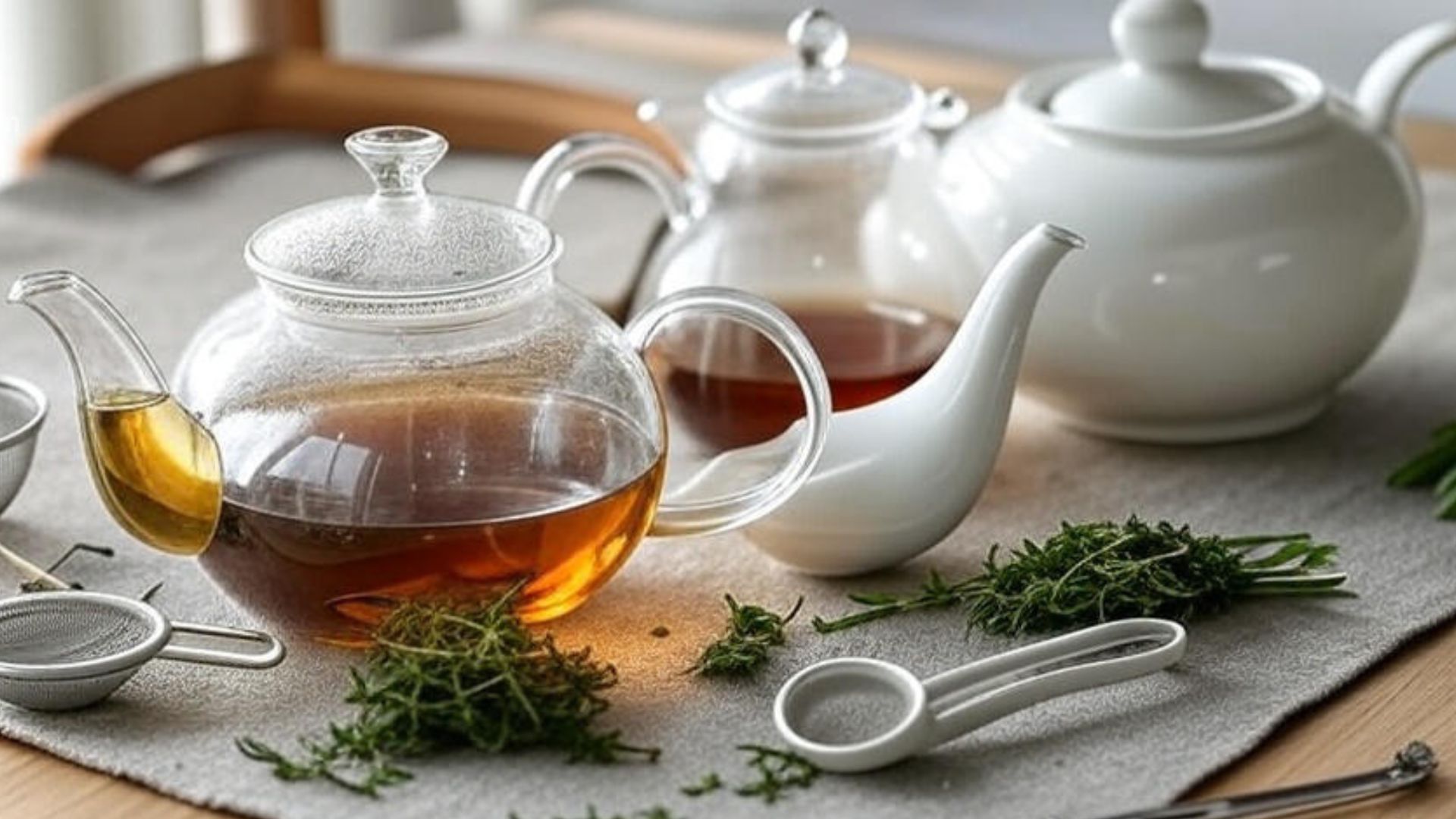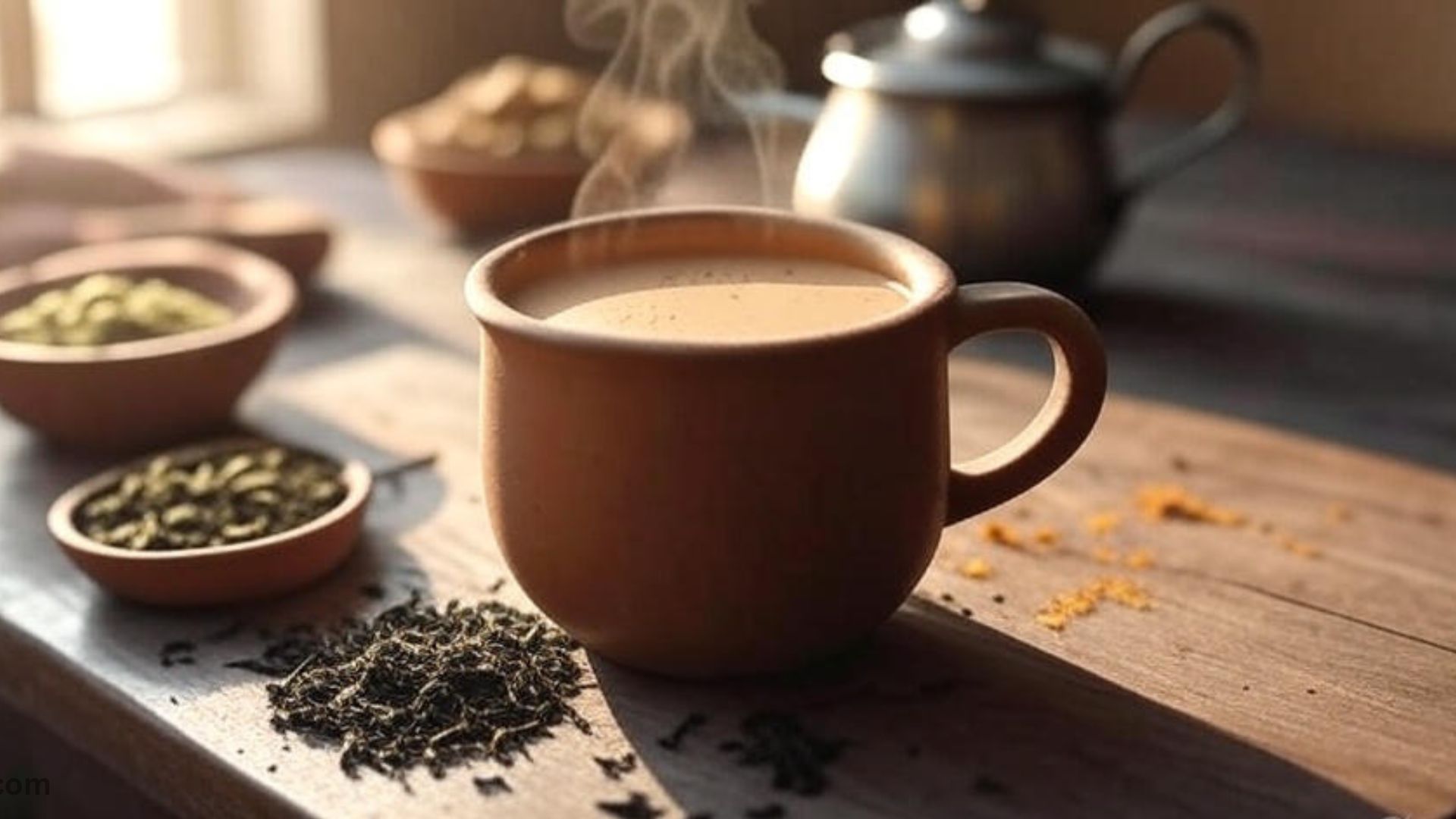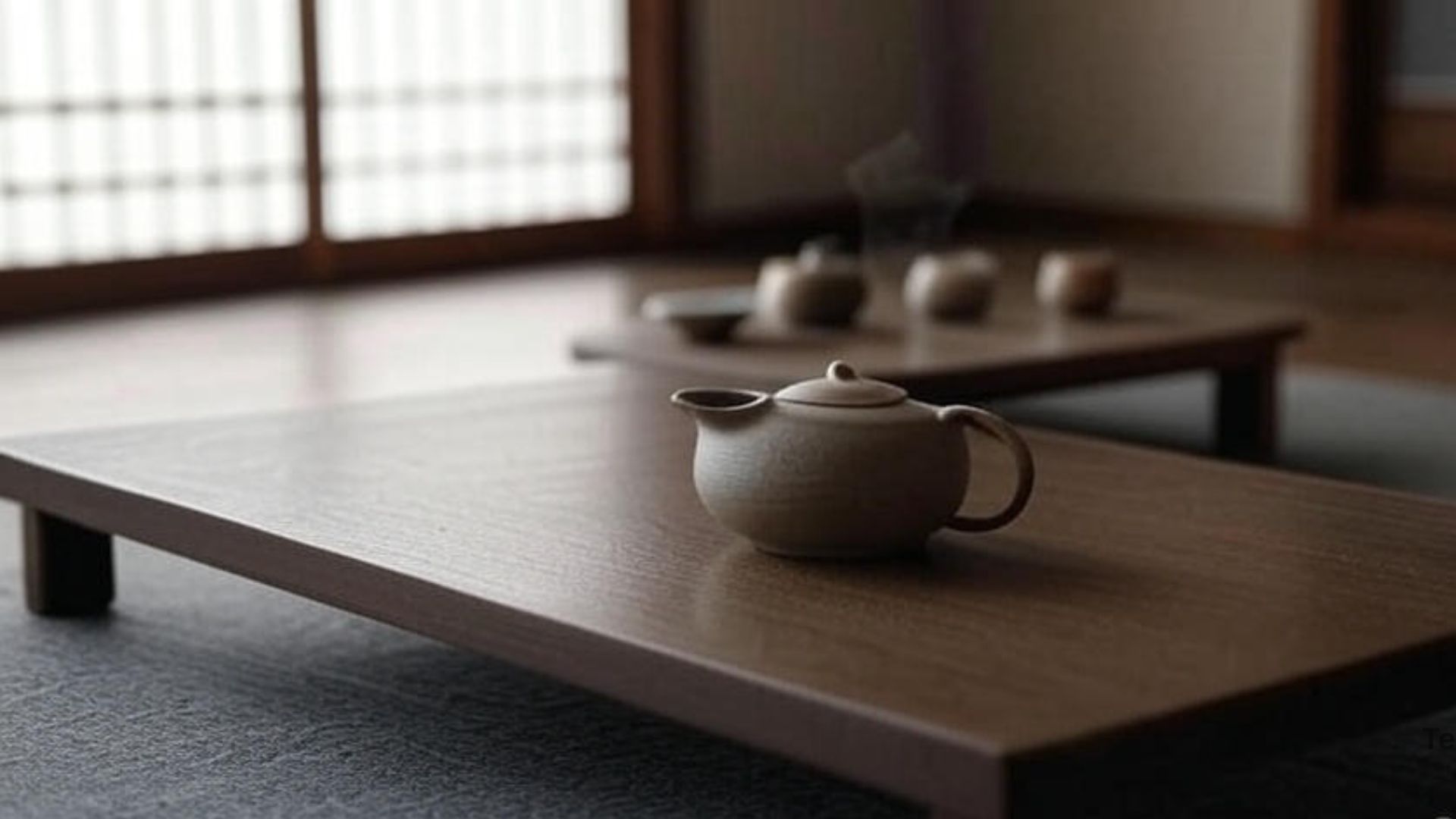In Turkey, tea is not just a beverage—it’s a way of life. Known locally as çay, Turkish tea is an emblem of hospitality, connection, and tradition. Offering a cup of tea is akin to offering a piece of your heart. From humble homes to bustling cafes, tea is omnipresent, fueling conversations, celebrations, and even business meetings.
In this guide, we’ll explore the fascinating world of Turkish tea culture, the iconic teaware that makes it special, brewing rituals, modern trends, and the health benefits of this beloved drink.
What Is Turkish Tea?
Turkish tea is typically a robust black tea served hot in delicate tulip-shaped glasses. Unlike Western tea, which is often steeped in a single cup or pot, Turkish tea is prepared using a two-tiered teapot called a çaydanlık. The lower pot boils water, while the upper pot holds concentrated tea leaves. When served, tea is mixed to taste with hot water from the lower pot—no milk, just sugar if desired.
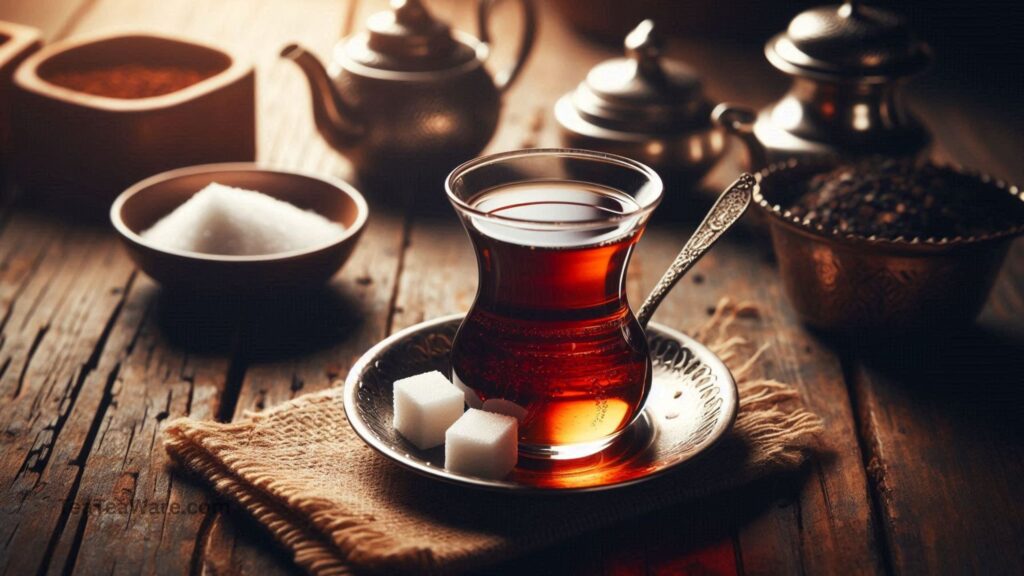
This unique serving method ensures that each glass of tea can be customized, reflecting Turkey’s cultural emphasis on hospitality and personalization.
A Brief History
Tea arrived in Turkey in the 19th century, introduced by the British, but it wasn’t until the early 20th century that it became a national staple. At a time when coffee was scarce and expensive, tea offered an affordable, accessible alternative.
The Turkish government encouraged domestic cultivation, particularly along the Black Sea coast in the Rize region. Today, Turkey is one of the top tea-consuming countries globally, with tea woven into the social and cultural fabric of daily life.
Expert Insight: According to Çaykur, Turkey’s largest tea producer, over 3 billion cups of tea are consumed annually within the country—a testament to its enduring popularity.
Iconic Turkish Teaware
Tulip-Shaped Tea Glasses
One of the most recognizable elements of Turkish tea culture is the tulip-shaped glass. These glasses not only enhance the aesthetic experience but also allow the tea to stay warm longer while showcasing its rich amber hue.
Pro Tip: Serve tea with a teaspoon on the side to stir sugar, if used, without spilling.
Recommended: Pasabahce Crystal Turkish Tea Glasses
The Çaydanlık: Double Teapot Magic
The çaydanlık is the heart of Turkish tea preparation. The lower pot boils water, while the upper pot steeps a strong tea concentrate. This setup allows drinkers to control the strength of their tea, a hallmark of Turkish hospitality.
Modern Upgrade: Electric tea makers like the Ethniq TeaVibe streamline the traditional process while preserving cultural authenticity.

Pasabahce Crystal Turkish Tea Glasses
These iconic tulip-shaped glasses are a staple in every Turkish household. Perfect for serving strong, hot Turkish black tea the traditional way.
Also Read: What’s the Difference Between Steeping and Brewing?
Tea in Turkish Culture
Offering tea is more than a courtesy—it’s a symbol of friendship and respect. Tea is central to many social settings:
- Tea Houses (çay bahçesi): Local hubs where people gather to chat, play games like backgammon, and enjoy leisure time.
- Weddings and Gatherings: Tea is almost always served as a welcoming gesture.
- Workplaces: Tea breaks are a standard part of the day, fostering camaraderie among colleagues.

How Turkish Tea Is Made
Making Turkish tea is both ritualistic and practical:
- Fill the lower pot of the çaydanlık with water and bring to a boil.
- Place finely chopped black tea leaves in the upper pot.
- Pour a small amount of boiling water over the leaves to start steeping.
- After 10–15 minutes, serve by mixing the strong tea with hot water from the lower pot according to taste.
Tips for Perfect Turkish Tea:
- Use filtered water to avoid mineral interference.
- Pre-warm glasses to maintain temperature.
- Avoid over-steeping, which can make tea bitter.
Types of Tea Used
Most Turkish tea comes from the Rize region along the Black Sea coast. This tea is known for its strong flavor and ability to be brewed multiple times a day. Other varieties, like Ceylon or Assam, are occasionally mixed in for subtle flavor variations.
Herbal teas, though less traditional, are also popular and serve purposes ranging from relaxation to digestive support.
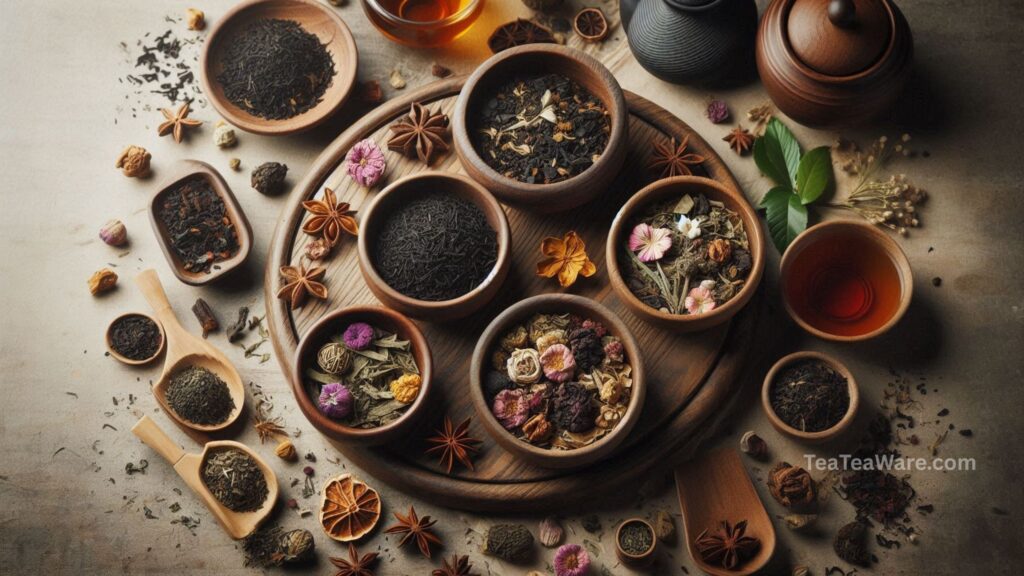
Regional Variations
Tea culture differs slightly across Turkey:
- Rize: Produces strong, dark brews.
- Anatolia: Some regions add rosewater or citrus notes.
- Istanbul & Big Cities: Modern tea cafés experiment with blends like pomegranate, vanilla, or mint.
This regional diversity showcases Turkey’s rich cultural tapestry and its openness to innovation.
Recommended: DESTALYA Turkish Teapot Set
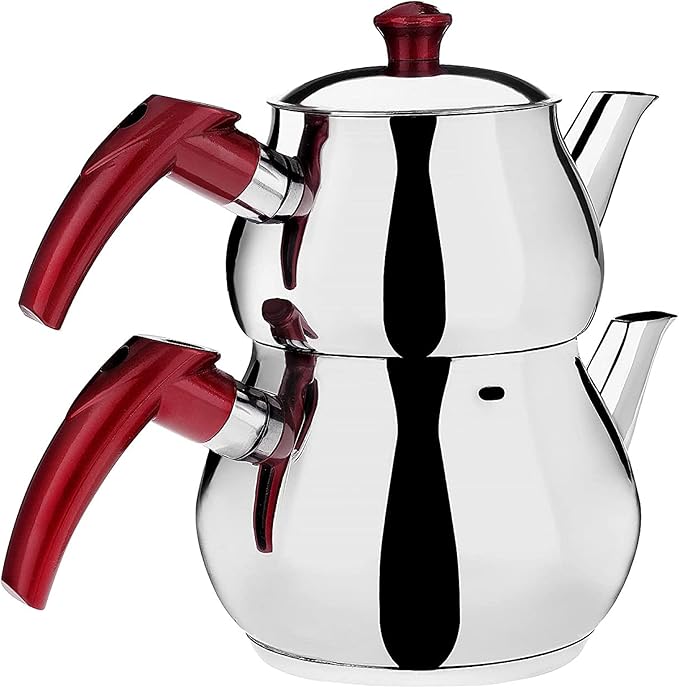
DESTALYA Turkish Teapot Set
The heart of Turkish tea brewing. This stacked teapot system allows you to brew concentrated tea on top and dilute with water from the bottom.
Also Read: How to Pack Teaware for Travel Without Breaking It
Turkish Tea in Modern Life
While rooted in tradition, Turkish tea has adapted to contemporary lifestyles:
- Trendy tea lounges offer Instagram-worthy tea presentations.
- Ready-to-drink Turkish tea is now available in supermarkets.
- Social media influencers popularize creative recipes and tea pairings.
Despite modernization, the essence of Turkish tea—hospitality, warmth, and community—remains intact.

Health Benefits
Turkish tea is more than delicious—it’s good for you:
- Antioxidants: Catechins and theaflavins combat inflammation and support heart health.
- Digestive Aid: Helps relieve bloating and improve digestion.
- Immune Support: Regular consumption may boost immunity.
- Calorie-Free Comfort: Enjoyed plain, it’s a healthy alternative to sugary beverages.
Tasty Pairings and Desserts
Turkish tea pairs wonderfully with both savory and sweet foods:
- Savory: Simit (sesame bread), borek (pastry), cheeses, and nuts.
- Sweet: Turkish delight, honey cakes, or tea-infused desserts like pomegranate syrup cakes.
Pro Tip: A small, complementary treat enhances the flavor and social experience of tea.
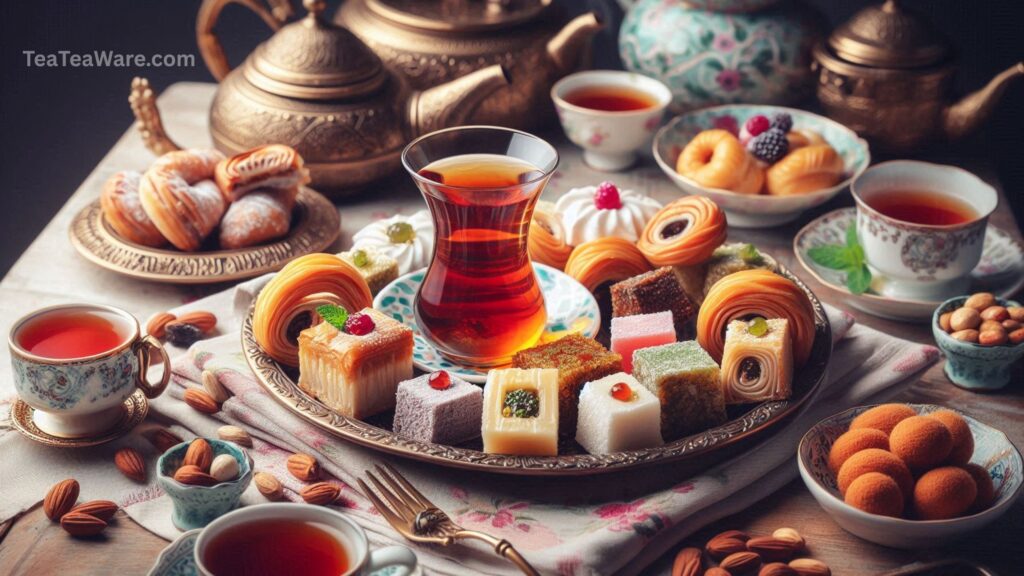
Challenges in the Tea Industry
Despite its popularity, the Turkish tea industry faces challenges:
- Climate Change: Weather variations affect crop yield.
- Economic Fluctuations: Price instability impacts farmers.
- Sustainability: Modern initiatives focus on eco-friendly farming practices.
Organizations like Çaykur maintain quality standards and promote fair trade, ensuring the legacy of Turkish tea continues.
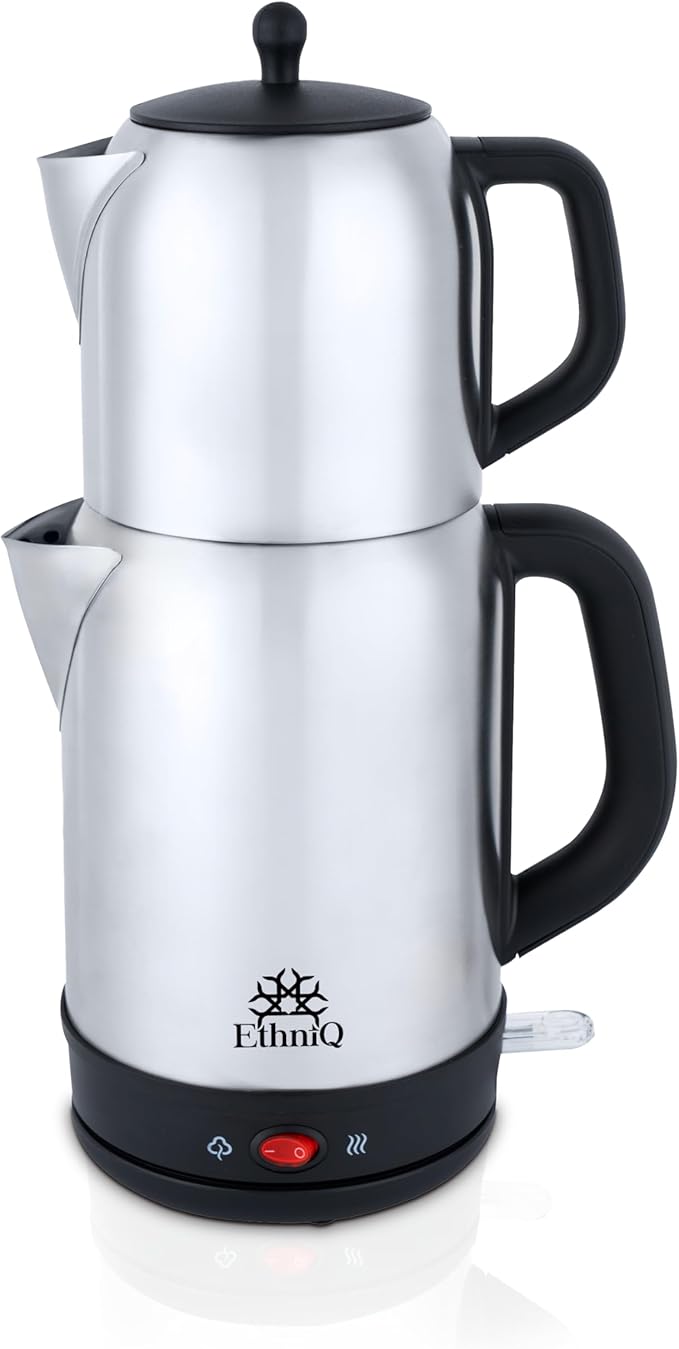
Ethniq TeaVibe Electric Turkish Tea Maker
A modern upgrade of the traditional setup, this electric tea maker makes brewing Turkish tea fast and convenient while honoring the cultural method.
Also Read: How to Clean a Glass Teapot Without Scratching It
Final Sip
Turkish tea is far more than a simple beverage. It represents history, tradition, social connection, and identity. Whether in a modest home, a bustling tea house, or a modern café, every glass tells a story. So the next time you sip Turkish tea, remember you’re part of a legacy that spans centuries—a blend of culture, warmth, and hospitality.
Cheers!
FAQs About Turkish Tea
Q1. What makes Turkish tea different from other black teas?
Its preparation in a double teapot and serving in tulip-shaped glasses give Turkish tea a distinctive flavor, temperature, and social significance.
Q2. Can Turkish tea be iced?
Yes! While traditionally served hot, iced versions are increasingly popular, especially in modern cafés.
Q3. Is sugar always added?
Sugar is optional. Traditionally, it’s offered separately so each guest can sweeten their tea to taste.
Q4. How long can brewed Turkish tea last?
Ideally, it should be consumed within a few hours. Refrigeration is possible, but reheating may alter the flavor.
Q5. What foods pair best with Turkish tea?
Simit, borek, nuts, cheese, and tea-infused desserts are traditional companions.

